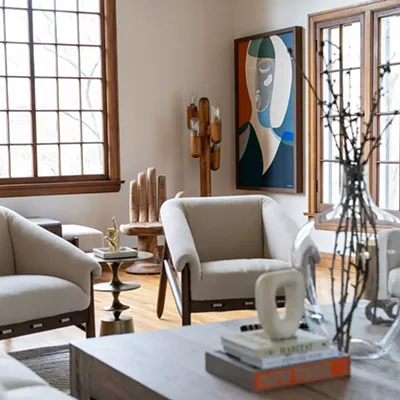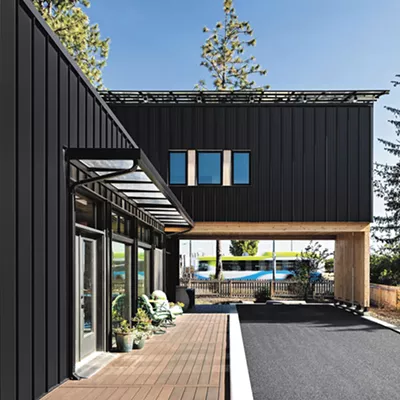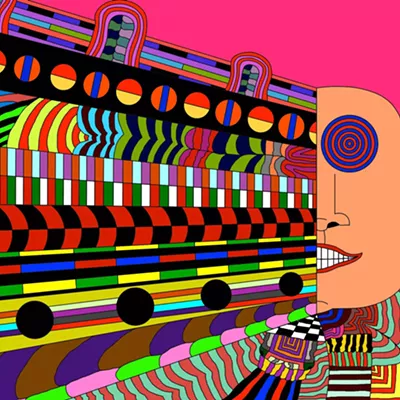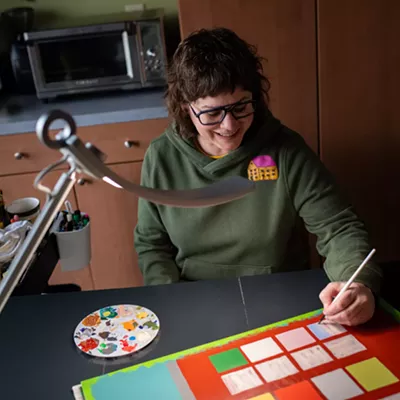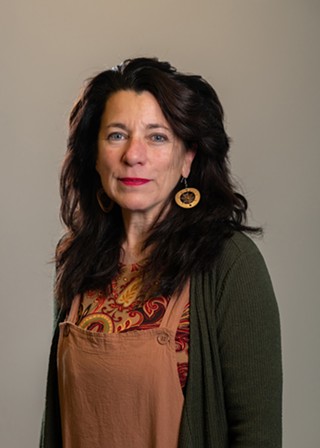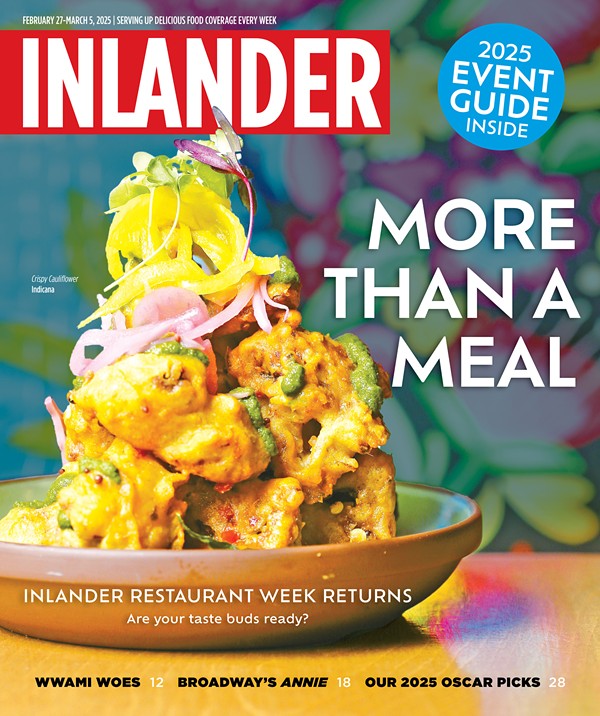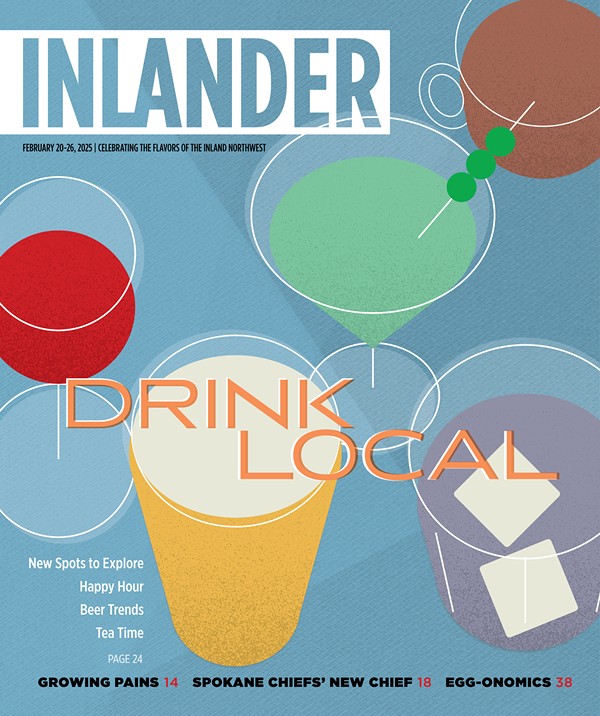1:Choose one project, and focus your energy there: one drawer, one bookshelf, one closet. Chances are, you'll discover something out of place, like ... a hammer in with the shoes! Have an empty box handy for these items (rather than jumping up to put things away as you find them). This will help keep you focused.
2: Sort items by keeping similar items together, and also divide them into piles to keep, donate, recycle, sell, and dispose.
3:Think about who you are today. Give yourself permission to let go of items that no longer serve who you are now. Recognize that those items did what they needed to do for you, and now it's time for them to serve someone else.
4: Take regular breaks and stay hydrated. If you need a hand — someone to just get you started, or a cheerleader — ask for help!
"The best part of my job is being able to help people find more joy in their lives," says Kristy Mylroie, who turned her passion for organizing into a full-time venture called Sort and Order. "Life is too short to be frustrated every day by those piles on the counter."
A key part of getting organized is decluttering, which Mylroie acknowledges can include an emotional component.
"I've heard clutter defined as 'postponed decisions,' which is a nice way to think about it," says Myrloie, who adds that people have many reasons for hanging on to things longer than is necessary. I might need this, or I spent so much money on it, or it was a gift are all opportunities for discussion, she says.
"It's not my job to make people get rid of things, but to help them find a way to reach their organization goal, and hopefully be surrounded by the things that make them feel happy."
Mylroie is a member of the National Association of Productivity and Organizing Professionals or NAPO.
"[NAPO] provided professional development, tools for getting started, and instant connection to a community of thousands of incredible organizers who are supportive, encouraging and eager to share their knowledge," Mylroie says.
That's especially important in dealing with more delicate issues related to organization, like when the lack of it impacts people's ability to function.
"I have worked with clients who just wanted better organization in their kitchen or storage closet, and others whose level of clutter was disrupting their daily life," she says.
Through NAPO, Mylroie found out about and joined the Institute for Challenging Disorganization, which provides training and resources related to helping people affected by chronic disorganization, ADHD and hoarding disorder.
For most projects, however, Mylroie follows a similar process (see Organizing Tips, right).
"For a closet, we might start by clearing everything out," she says. "Then we sort by creating groups of like objects — all the short-sleeved shirts, all the jeans, all the sandals, etc. — and then deciding which things should stay, and which should go."
For items that are staying, Mylroie helps each client repurpose things they already have to keep their belongings organized and in a designated place like using boxes, bins, hooks and baskets. Sometimes a trip to the store is in order.
Things marked "go" can be donated, recycled, sold or disposed of.
"It's great if [clients] know of someone who is genuinely excited to receive the item," says Mylroie, adding that Spokane has plenty of places willing to take items.
The final part of the organizing puzzle is maintenance, Mylroie says, noting that knowing things are going to get disorganized again is just part of life.
"Life can be really messy, and so organizing, like many things, is cyclical."








